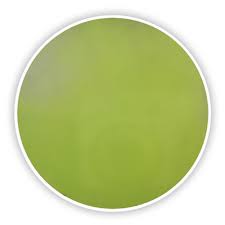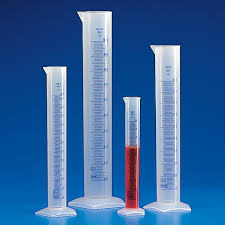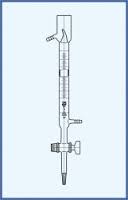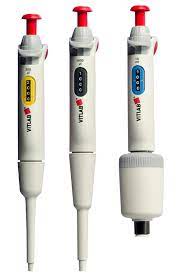- No products in the cart.
Cétrimide agar
Cétrimide agar
Cetrimide Agar is a selective medium for the isolation and enumeration of Pseudomonas aeruginosa in biological
samples of animal origin and in pharmaceutical and cosmetic products.
Its typical composition is that of the United States Pharmacopoeia and of the Directive NF EN ISO 22717 for the
control of cosmetic products
Cétrimide agar
The formula of this medium was derived from the King A medium, favoring pyocyanin production by Pseudomonas
aeruginosa. In 1951, Lowbury recommended the use of cetrimide in a selective medium for the isolation of
Pseudomonas. The concentration of the inhibitor was reduced by Lowbury and Collins (1955) as a result of its
improved purity.
3 PRINCIPLES
Cetrimide (cetyltrimethylammonium bromide) is a quaternary ammonium compound which inhibits a large number of
bacteria including species of Pseudomonas other than Pseudomonas aeruginosa.
The production of pyocyanin (a blue, non-fluorescent pigment soluble in water and chloroform) is stimulated by
magnesium chloride and potassium sulfate.
The medium also favors the production of fluorescent pigments (pyoverdins) by some strains of Pseudomonas
aeruginosa.
Most Pseudomonas aeruginosa can be identified by the characteristic grapelike odor of aminoacetophenone






Reviews
There are no reviews yet.